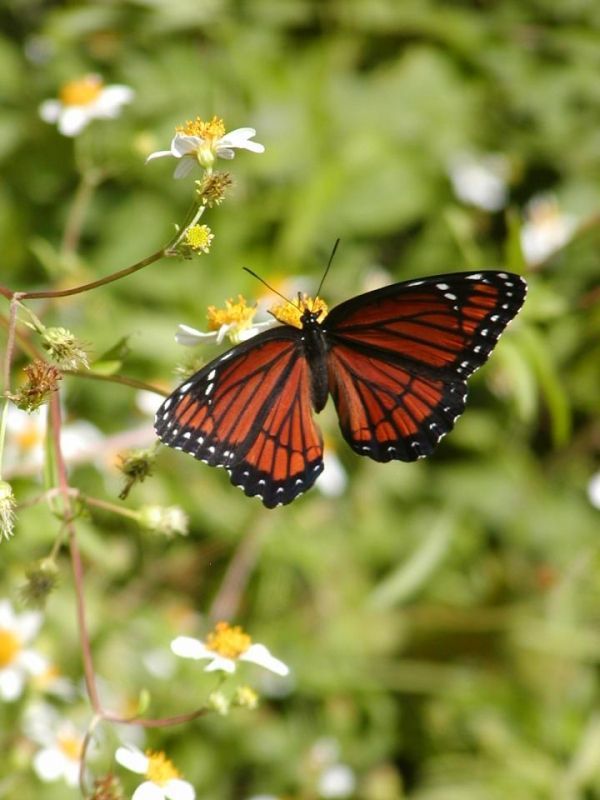The viceroy butterfly is a mimic, modeling its orange-and-black colors after the queen butterfly, a bug that tastes so disgusting predators have learned not to eat it or anything that looks like it, including viceroys. The apparent dependence of mimics on their models made biologists wonder if the fates of the two species are forever intertwined. If so, then what happens when the mimic and the model part ways?
A study recently published in Communications Biology and led by Katy Prudic, an assistant professor in the College of Agriculture and Life Sciences at the University of Arizona, has found an interesting answer. Viceroy butterflies living in northern Florida, far away from the southern-dwelling queen butterflies, are not only more abundant than their southern kin, but they have also developed their own foul flavor.
"In classical mimicry theory, we wouldn’t predict that the viceroy butterfly would be able to stay or be in northern Florida. It should be limited to southern Florida, where the queens live," Prudic said.
The classical theory, called Batesian mimicry, posits that one animal, known as the mimic, looks like another animal – the model that predators recognize as "unpalatable." An unpleasant experience trying to munch on the model species convinces predators to avoid both species, since they cannot reliably tell the difference between the two.
Read more at University of Arizona
Image: The sometimes disgusting viceroy butterfly, Limenitus archippus. (Credit: Photo: Jeff Oliver/University of Arizona)


